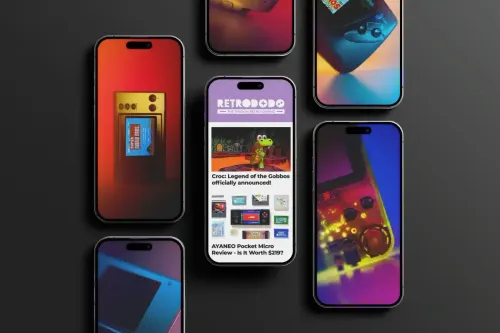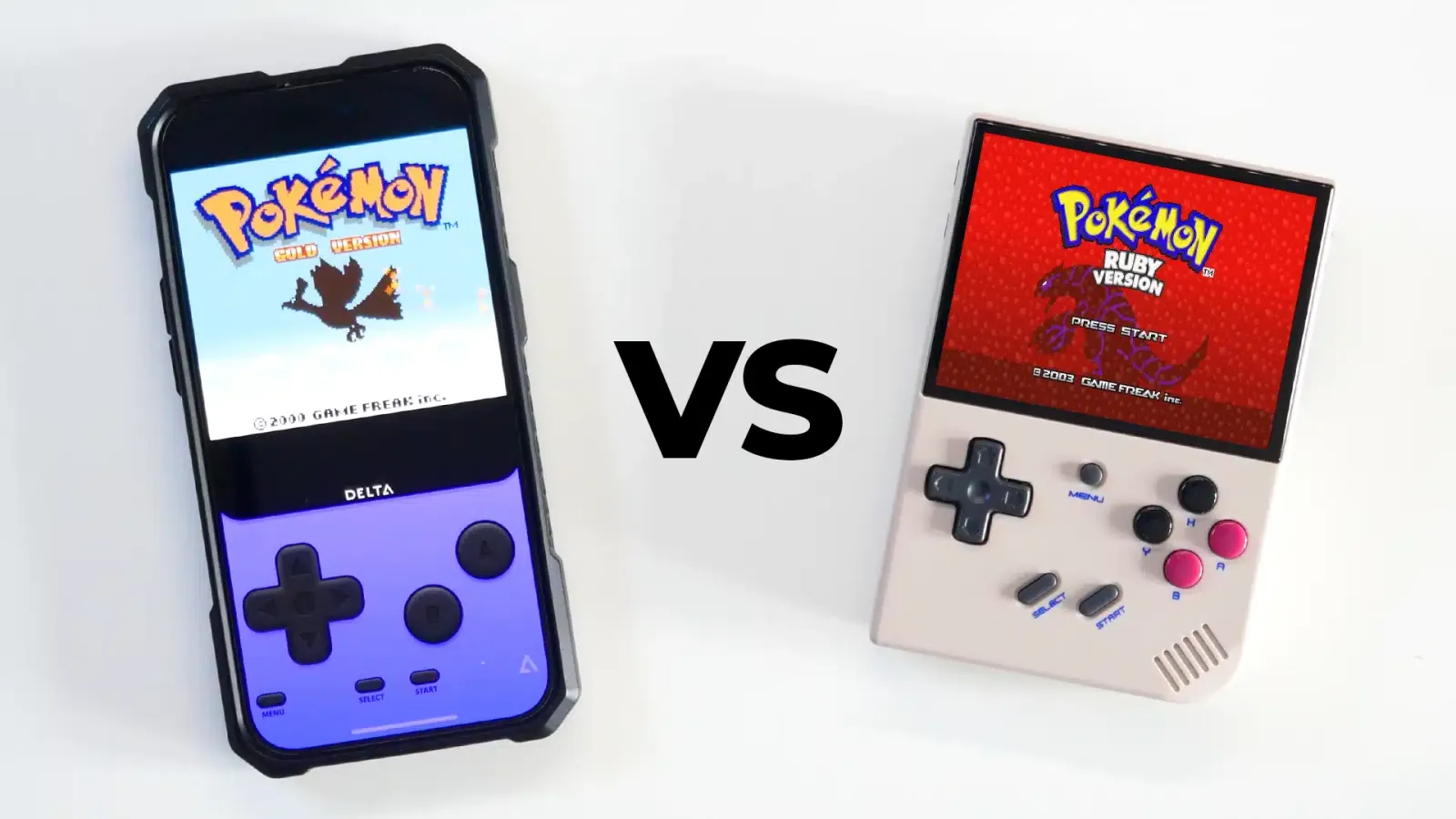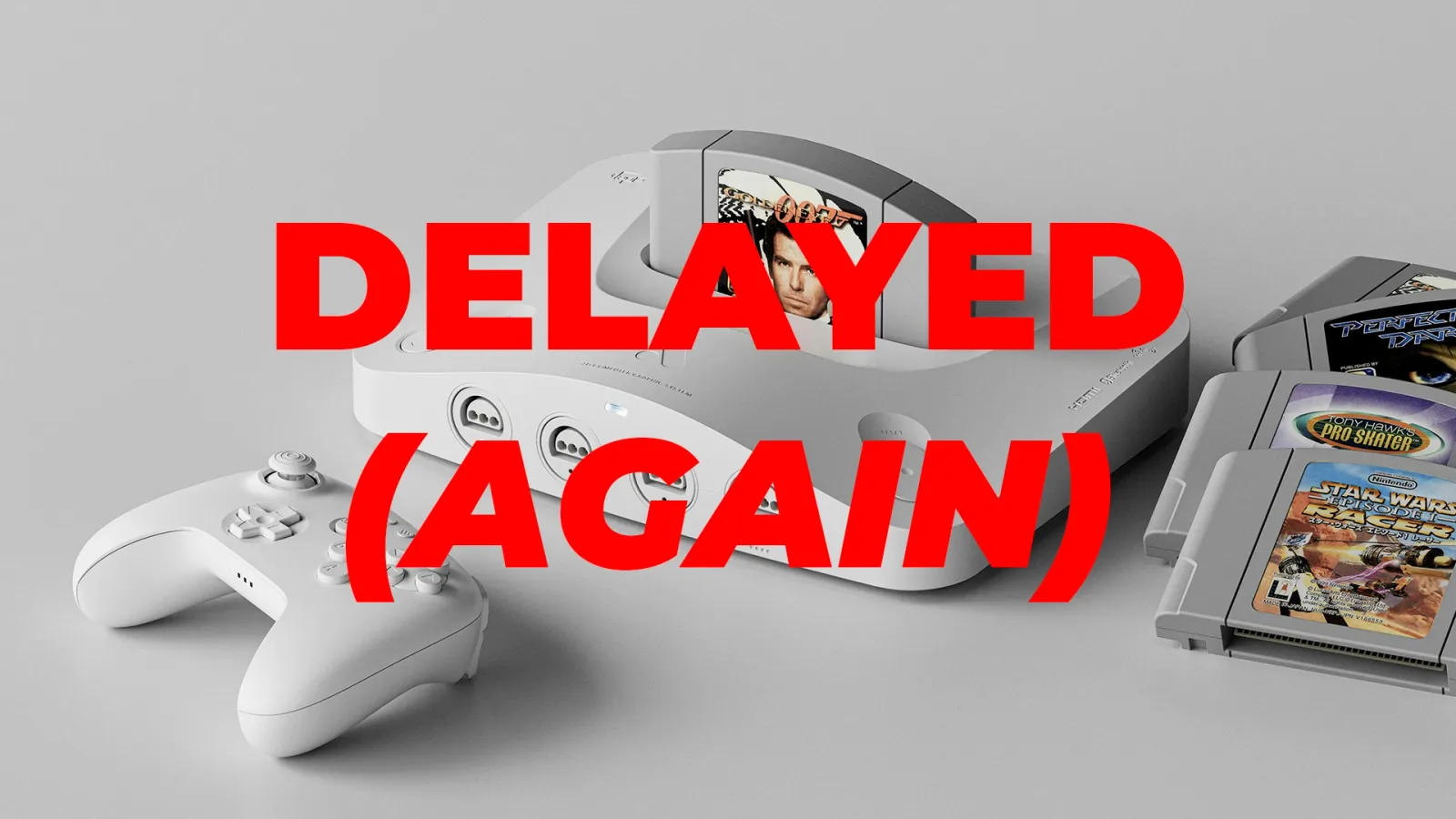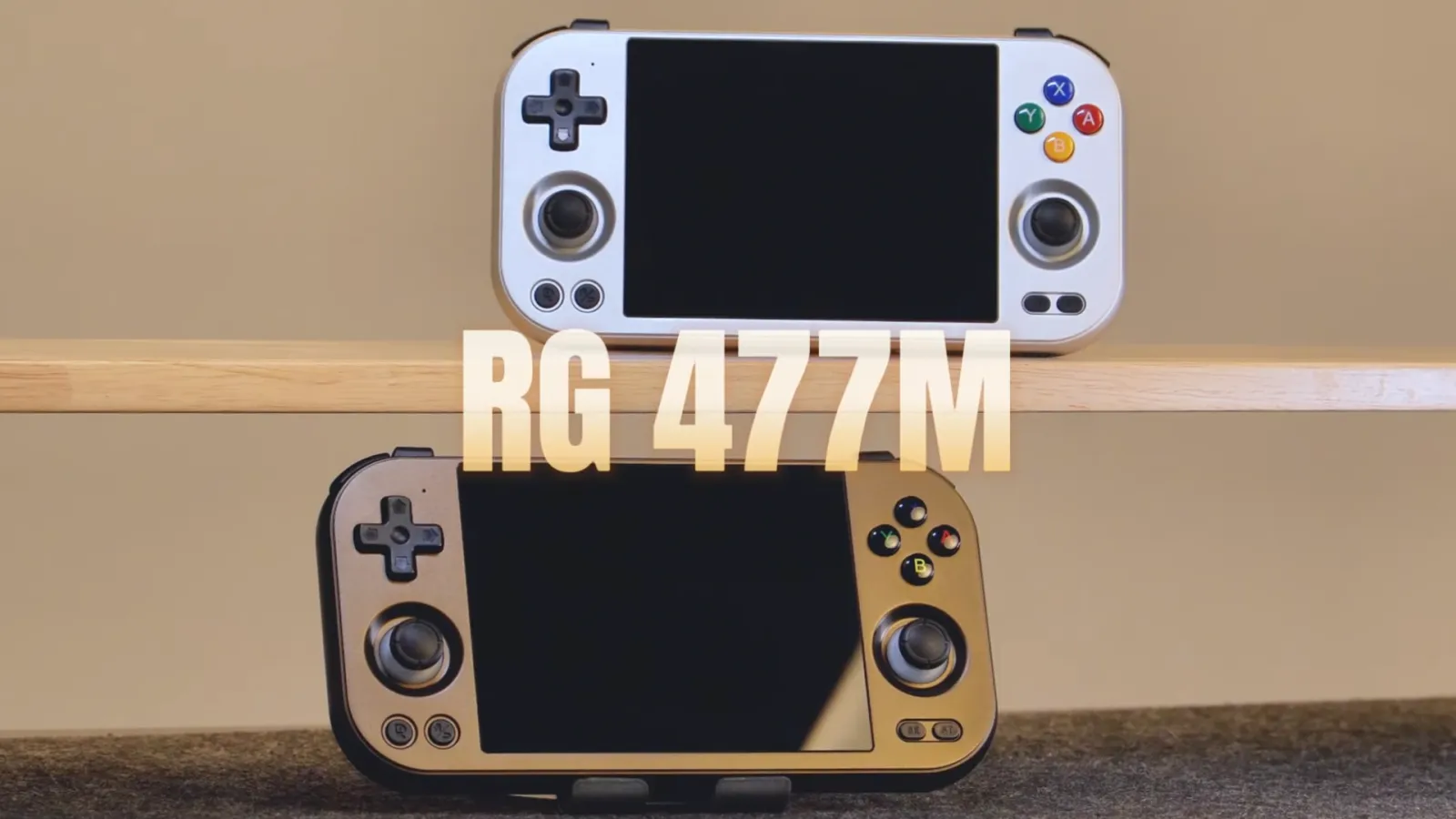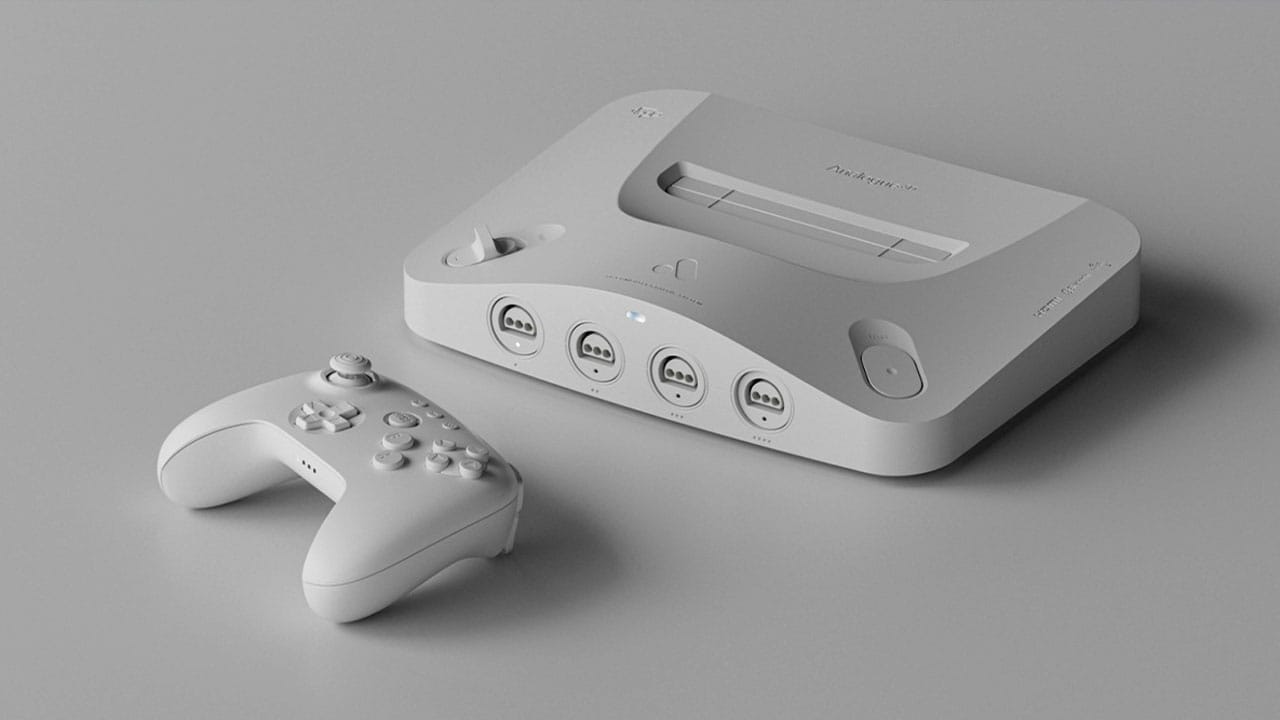It’s been a long time since the emulation industry has had this much activity. Nintendo sued Yuzu a few weeks ago, one of the most popular Nintendo Switch emulators around, and now Apple has allowed their app store to host emulator applications, opening up emulation to millions of new gamers across the globe.
When one door closes, another one opens.
Apple’s launch has been a little bit flakey I’ll admit; emulators would pop up for a few days available for download and then be removed in a few hours, likely because most of these “new applications” happen to be stealing the ideas and copyrighted material from the real designers and claiming it as their own. But that being said, I was impressed with how quickly Apple took these fakes down.
And now the main question surrounding iPhones vs handhelds is this – with emulators now being available wherever I go, with the swipe of my iPhone, is there any need for dedicated handheld emulators?
Is This The End Of The Handheld Emulator?
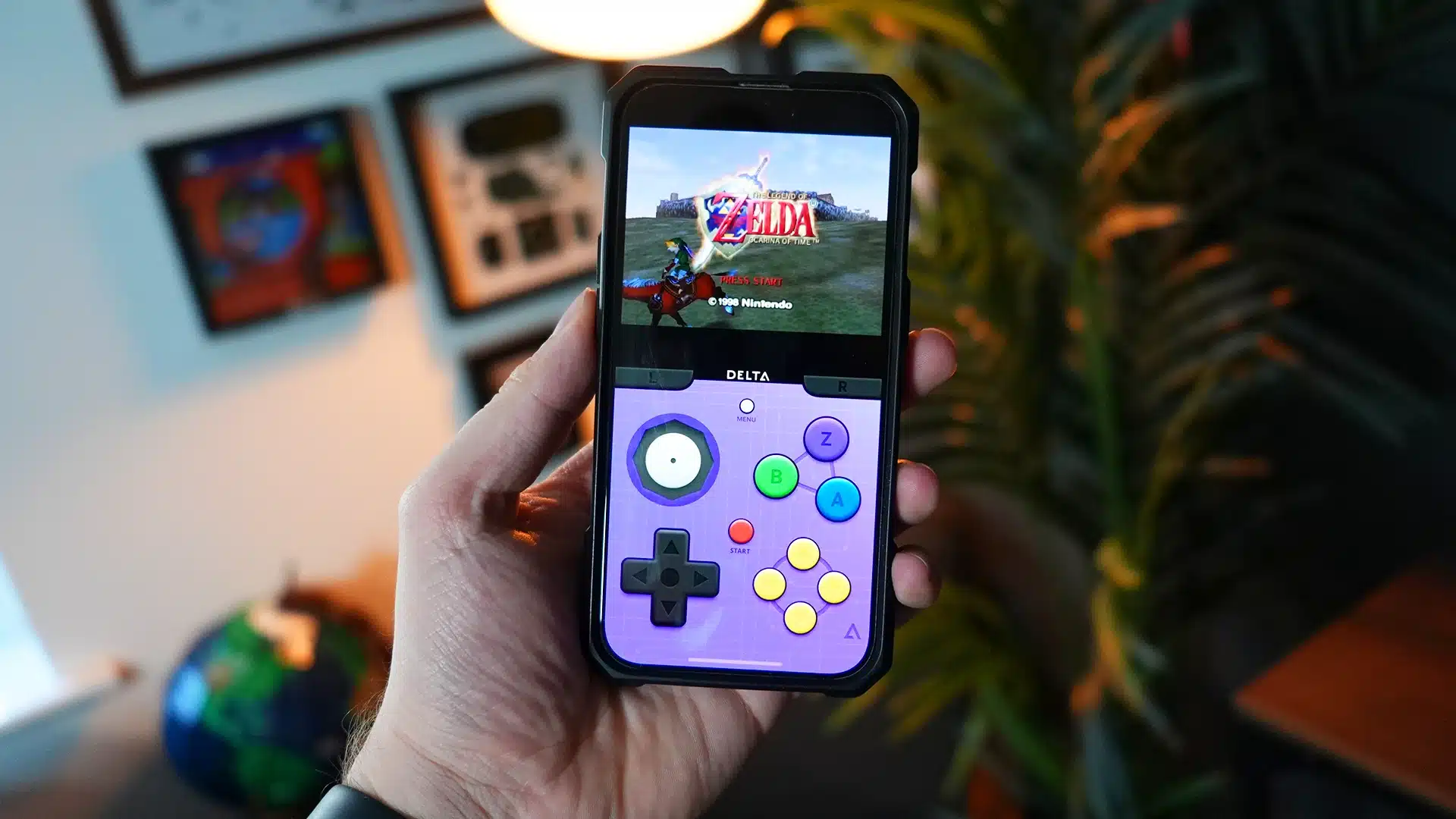
This question of whether there is any need for dedicated handheld emulators is coming from someone who has reviewed hundreds of them over many years. Heck, I even made a book about handhelds, with my second now up for pre-order – that’s how much I love them. So now that gamers can just download an app to emulate their ROMs, it worries me a little about the handheld emulation industry and where it will go.
Firstly, I will mention that this is still the early days of emulators coming to Apple’s App Store; over the months and years ahead, we will likely get better choices that will be able to emulate more consoles depending on which iOS device you are using. Many of these applications have been on the Google Play Store for some time now, so it’s not like this is new tech, it’s now just open to more smartphone users thanks to Apple’s relaxed restrictions.
Most of these applications are also free, with some premium versions to choose from should you want extra benefits. But even then, they are typically less than £10 which is an absolute steal. Although, I am not sure if pay-walling emulators sits well with Nintendo, Sony, or SEGA for legal reasons, seeing as that was one of the main reasons Yuzu was sued. Still, that’s not for me to say.
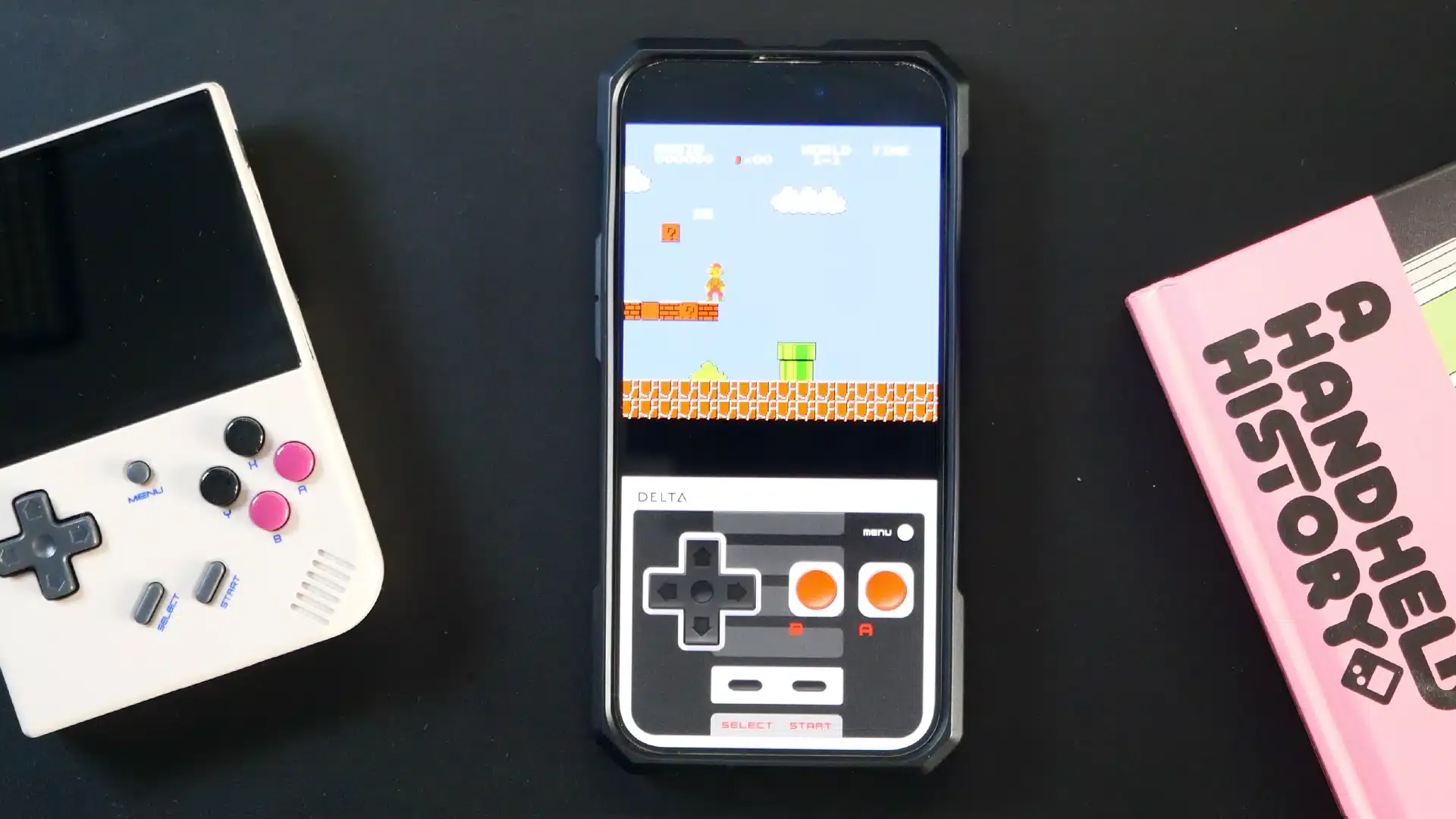
So, millions of retro gamers now have access to emulation in their pocket for free, which in my opinion will do one of three things to the handheld emulation industry:
- Firstly, it could move gamers away from handhelds completely. Why should someone pay close to $100 for a handheld emulator when you can do exactly the same on your phone for free?
- Secondly, it could do the complete opposite and spike gamers’ interests into buying something that’s made specifically for emulation, has better battery life, a larger screen, and a more comfortable form factor.
- Thirdly, and one I believe will be the most popular, is that gamers will still be interested in some of the best dedicated handheld emulators, but they will buy less of them over the coming years.
There’s no denying that many of us who enjoy playing with handheld emulators have far too many in our collection, likely buying multiple handhelds a year. I believe this will happen less, and the average consumer will only buy one or two a year, while using their smartphone when it feels most natural.
And in all honesty, I think this will do wonders for the handheld emulation industry as manufacturers will need to adapt. They’ll need to innovate faster and create products that are better value for money.
Look at ANBERNIC for example, a well-known name in the space with a wide range of great devices (and some poor). They’re releasing a handheld every couple of months, many of them being nearly identical to ones they launched a few months earlier which is just obscene. Just a couple of weeks ago, I reviewed the RG35XX 2024, ANBERNIC’s third iteration of the RG35XX which was actually worse than the device they released a few months earlier.
Lots of handheld manufacturers do this, and many of us have been suckered into it because we want the next best thing, with a little more power, or a slightly better screen. So I believe the next trend will be that many of us will now decrease the amount we buy, or at least only purchase handhelds within two of the three categories: budget, mid-range, and premium.
With the ability to emulate many of your favourite retro games in the palm of your hand, there really isn’t a need for average consumers to buy budget emulation devices because most smartphones can now emulate up to Playstation 1 games quite well, which is typical of the sub $100 handheld market right now.
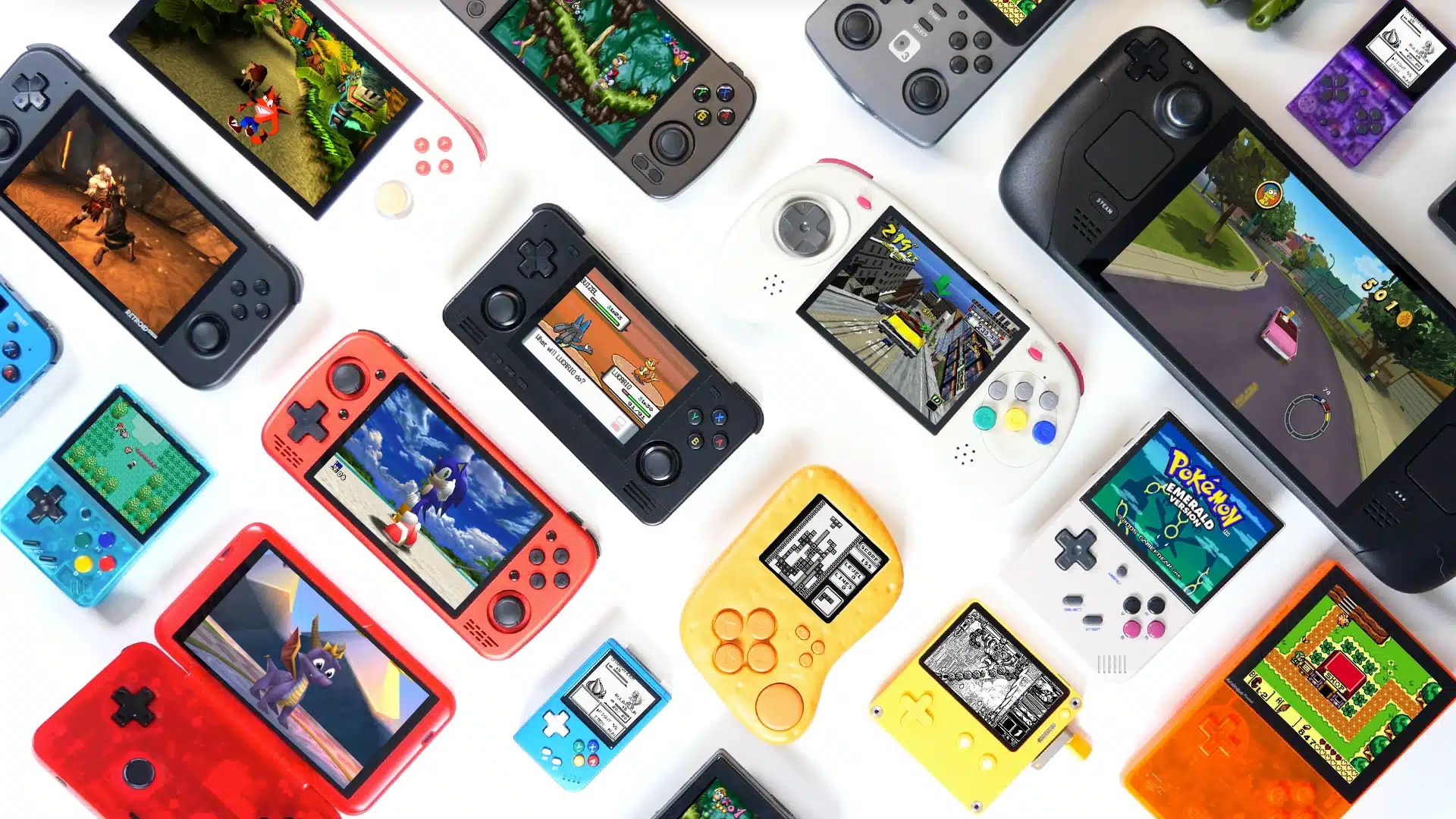
The only reason you would buy a “budget” handheld is for ergonomics, or if you want something that looks a bit more visually nostalgic. I can see this area of handhelds seeing a hit in popularity over the coming months and years, which is understandable.
I think that many will look for handhelds with a bit more power, mid-ranged handhelds that can emulate games for hours on end, fit comfortably in your hands, and be open to cloud streaming, syncing to displays because of HDMI ports, or emulating newer consoles such as Gamecube, Nintendo Wii, and PS2.
Some iOS devices may have the ability to do that, but their screens are too small. And because of the power intensity of emulating these higher graphics, emulators will end yo draining your battery life incredibly quickly. It’s one of the biggest issues of using an emulator on your smartphone, it drinks battery charge for breakfast, and I think many consumers are going to realise this over the coming months.
There’s a wide selection of mid-range handhelds to choose from that perform incredibly well, ranging from $100 to $200; that’s what I would call mid-range as of now.
Handhelds such as the Retroid Pocket 4 Pro and ANBERNIC’s RG556 are prime examples of strong devices, with good ergonomics and enough power to emulate large games under $199. Even the $119 Retroid Pocket 2S can emulate some Gamecube games if you’re looking for something closer to the budget range.
I believe we will see an influx of mid-range devices coming to fruition over the next year or so, pushing the boundaries of emulation and value for your money, because this is where consumers will be looking to find something that solves their pain point.
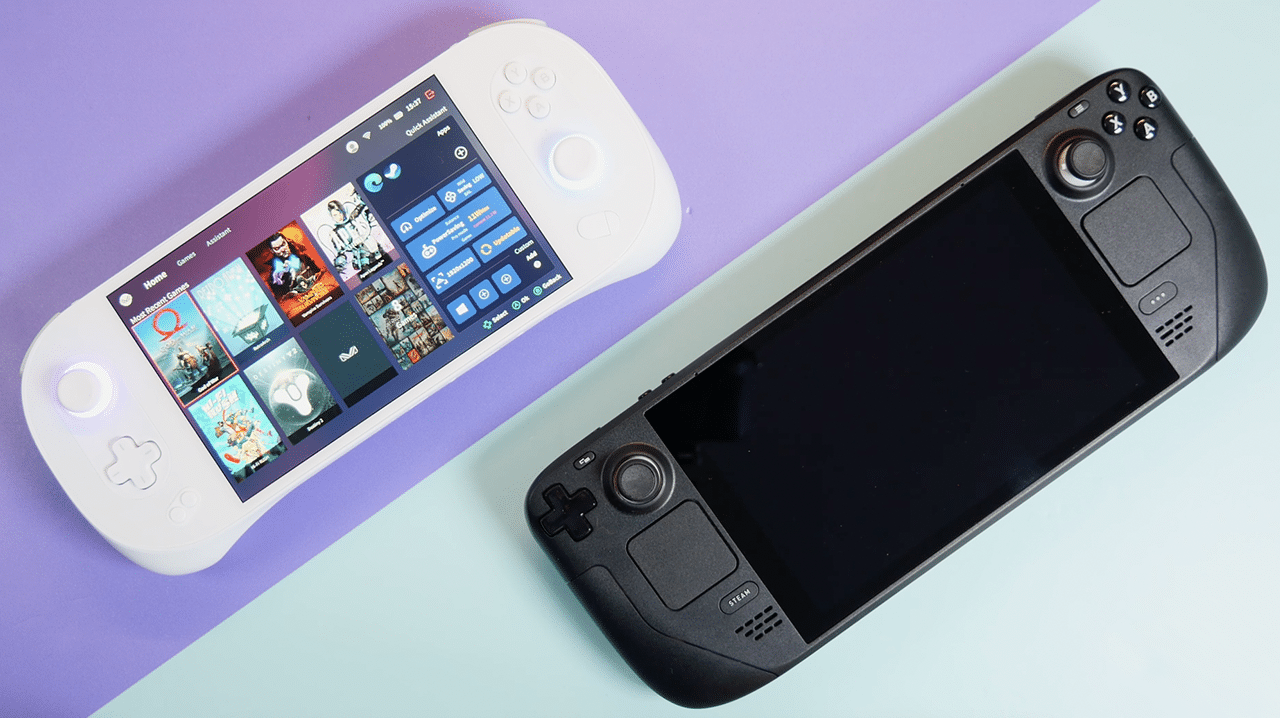
The premium devices will undoubtedly still be popular, but many of these $250+ devices can feel a little… overkill for emulation.
For example, one of the best on the market is the Steam Deck, but in reality, that’s a gaming PC that can also emulate games. The downfall here is that, compared to an iPhone, it’s incredibly large and not very portable.
Then there’s the AYN Odin 2, again powerful enough to emulate PS2 games incredibly well and a device with superb build quality, making it one of the best handheld emulators out there. I ended up paying over $400 for my Pro version because of shipping and import duties, however!
At what price do handheld emulators become obsolete? There will continue to be competition and innovation in this premium space for sure, especially if the handheld is technically a PC because that side of gaming always requires more power. But retro games, well they don’t need that much power, so it all comes down to product design and how the handheld offers something the competition doesn’t.
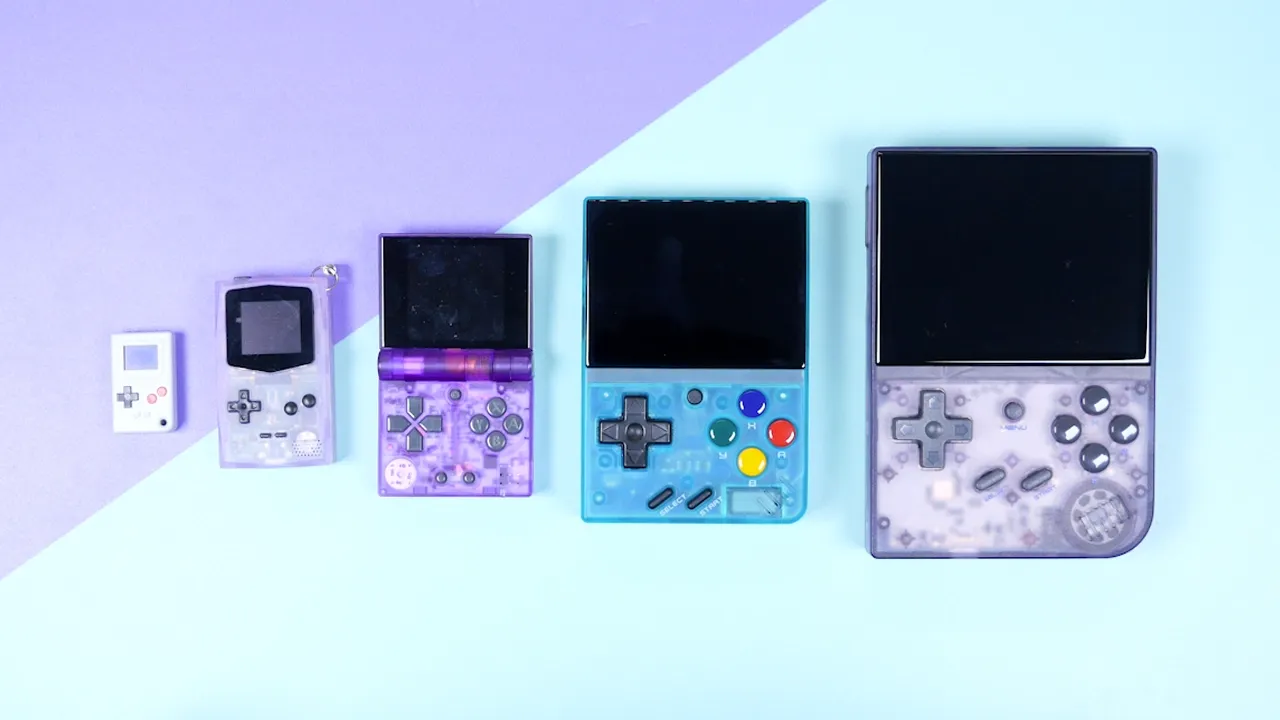
I believe the most value for money can be found in the mid-range handheld emulators, an area where there will be continuous innovation, competitive pricing, unique designs, and a much easier user experience.
Comparing this range of handhelds to emulating on your iPhone is impossible; it’s just 100% better to emulate on dedicated hardware. But budget handhelds are a whole different story, and I believe it’s becoming a better solution for the masses to emulate on smartphones rather than splashing out $80 for an emulation device that is simply ‘ok’.
There are only a few sub $100 handheld emulators that I love using, specifically because of their battery life and the fact that I like collecting them. For example, I use the Miyoo Mini which is much smaller than a smartphone, the RG35XX Plus which feels like a mini Game Boy, and the Game Kiddy Pixel because I adore metal devices.
But these are likely not powerful enough or visually appealing enough for the average consumer to move away from their iPhones and pay $65+ to do the same.
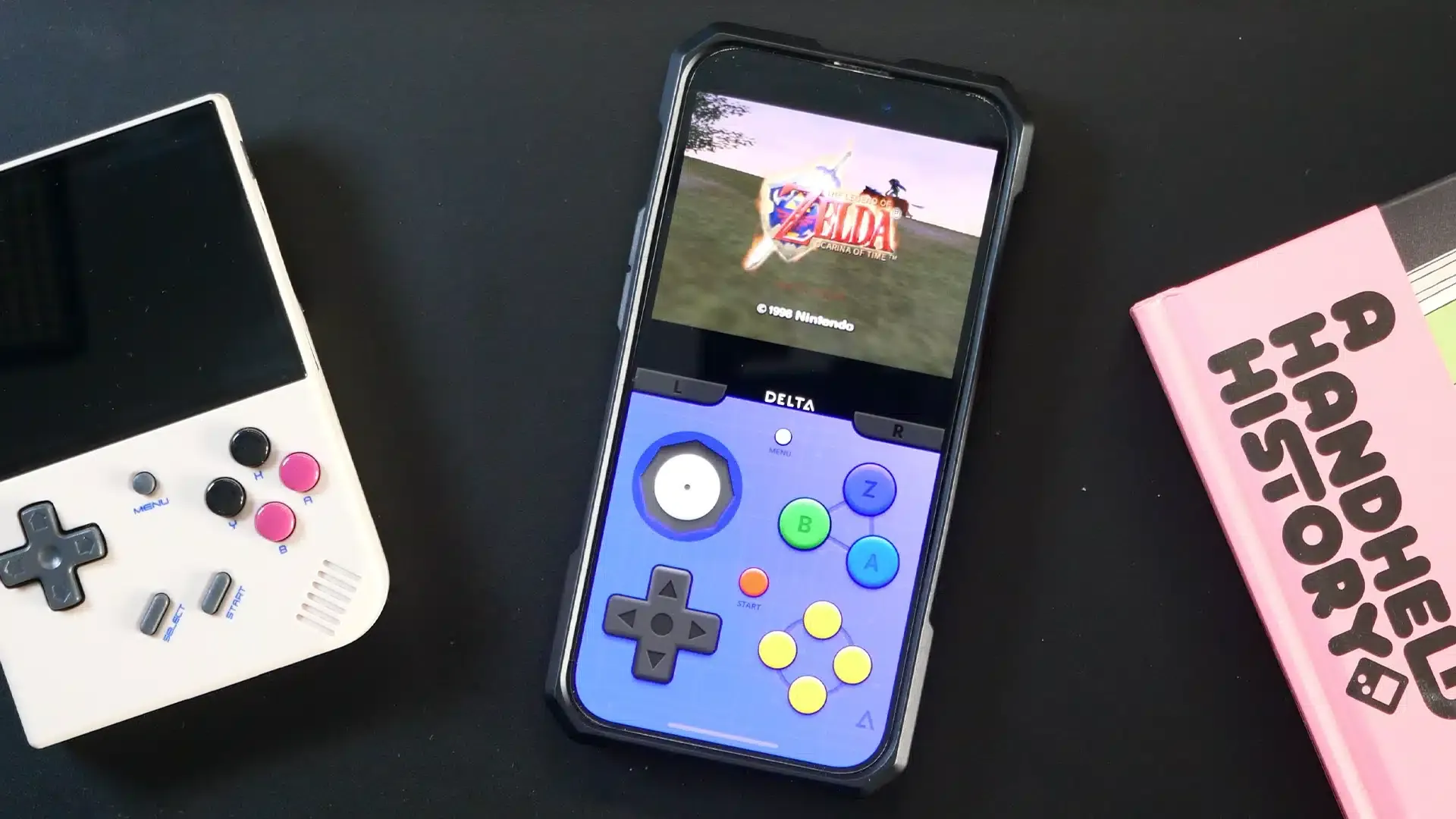
My overall opinion is that emulators on smartphones are targeted towards casual gamers, those who will likely only play for an hour or two a week, but there’s still a huge, oversaturated market for retro gamers who want something they can play on for hours and end ranging from $50 to $400. I truly believe the jump from iPhone to handheld has become a lot harder because of how easy it is to now play retro games on your phone.
That said, I think this will bring many newcomers to the scene who will likely look for a mid-range device that will last for a long time with great ergonomics, one that can emulate Gamecube/PS2 and not break the bank in the process. But only time will tell.

